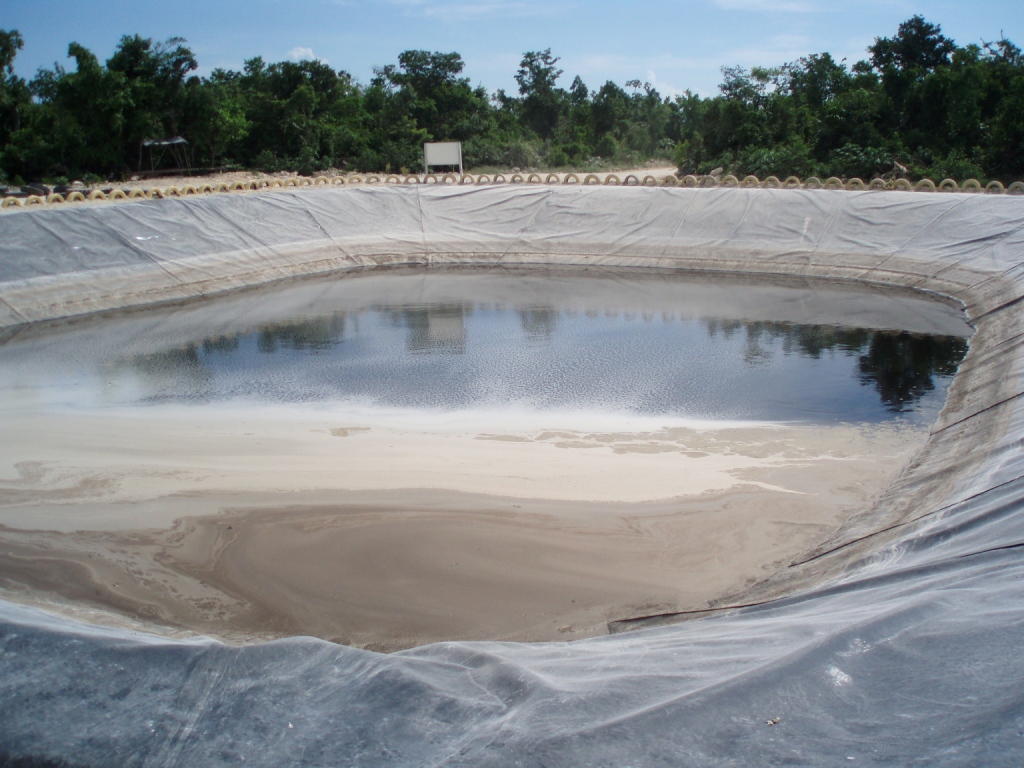Lets work together



Suite 3A, Chapel Allerton House, 114 Harrogate Road, Leeds, LS7 4NY
ukinfo@integrated-skills.com
+44 (0) 3300 888 670

Reverse osmosis (RO) is a unique and reliable way to ensure the complete and consistent removal of salts from leachate. But eventually, an RO filter will need to be cleaned of its accumulated contaminants. These contaminants form their own concentrate when they’ve been washed off. It’s this concentrate which requires disposal.
There are two disposal options; which are to send concentrate away to an incinerator or to recirculate it into the leachate where it originated. The prohibitive cost of incineration leaves recirculation as the best choice. However, is this a sustainable method?
What RO Does
Reverse osmosis removes both mineral content and organic matter. The process is often used following aeration treatment and nano-filtration. RO removes the nitrate created as a result of the nitrification process that occurs with aeration. Although these salts are dissolved, RO membranes do hold them back. RO also removes potassium, sodium and chloride, as well as removing heavy metals.
RO uses energy to create pressure. This pressure is applied in such a way as to reverse the normal flow of fluid across a membrane, which would usually be from dilute side to concentrated side. Instead, flow occurs from concentrated or contaminated to dilute or filtered.
The pressure at which the RO process operates must be greater than osmotic pressure in order to overcome the natural pressure of fluid. Where leachate treatment is concerned, the ideal outcome is to have a minimal volume of brine that requires treatment. However, leachate contains several salts, and it’s their solubility factor which can result in high volumes of brine being produced.
The Return of Salinity
Obviously, in recirculating RO leachate, salinity will always be returned to the landfill. Understandably, this is not something landfill designers agree with, as any salinity in a landfill beyond that which is natural must be completely removed in order to be safe for the environment in which the landfill is located.
Recirculating RO leachate into the landfill will also have consequences at the RO plant, where higher salinity will force the RO plant to increase its water pressure in order to maintain general plant flow. In addition to raising water pressure, the RO process will require more energy overall so that flow can be maintained.
Real-Life Results
One experiment published in 2005 stated that some German MSW sites have been receiving re-circulated RO leachate concentrate for years with no harmful concentration of substances being noted. These results came after an almost two-year simulation had been completed.
Two cylinders were erected and then filled with waste, and two pipes placed parallel. One pipe was filled with waste untreated by RO leachate concentrate. The other pipe did contain leachate concentrate. The addition of concentrate to the other pipe did not have any significant effect on leachate quality. However, the reason for this result was due to several sub-processes occurring in the pipe.
The sub-processes include the fixing of heavy metals on the surface of landfill contents, as well as the formation of oxides, sulphides and carbonates by micro-organisms. The landfill’s organic load, reduced by sub-processes on the biochemical level also reduced the organic load of the concentrate.
Sulphates, sulphides and carbonates were fixed due to inorganic chemical processes, and salts were fixated via the processes of crystallisation. Salts that have been crystallised must remain in a non-soluble state. The latter is something to be considered where the sustainability of the recirculation of RO leachate is being discussed.
While it is true that long-term experiments have been done which have resulted in the recirculation of RO leachate concentrate to be a feasible option, the decision to do this really depends on the needs and requirements of the individual facility.
www.ukisl.com/en
Would you like to know more about The Recirculation of RO Leachate Concentrate? Fill in your details below and let us know how we can help.
Website Designed & Built by we are CODA